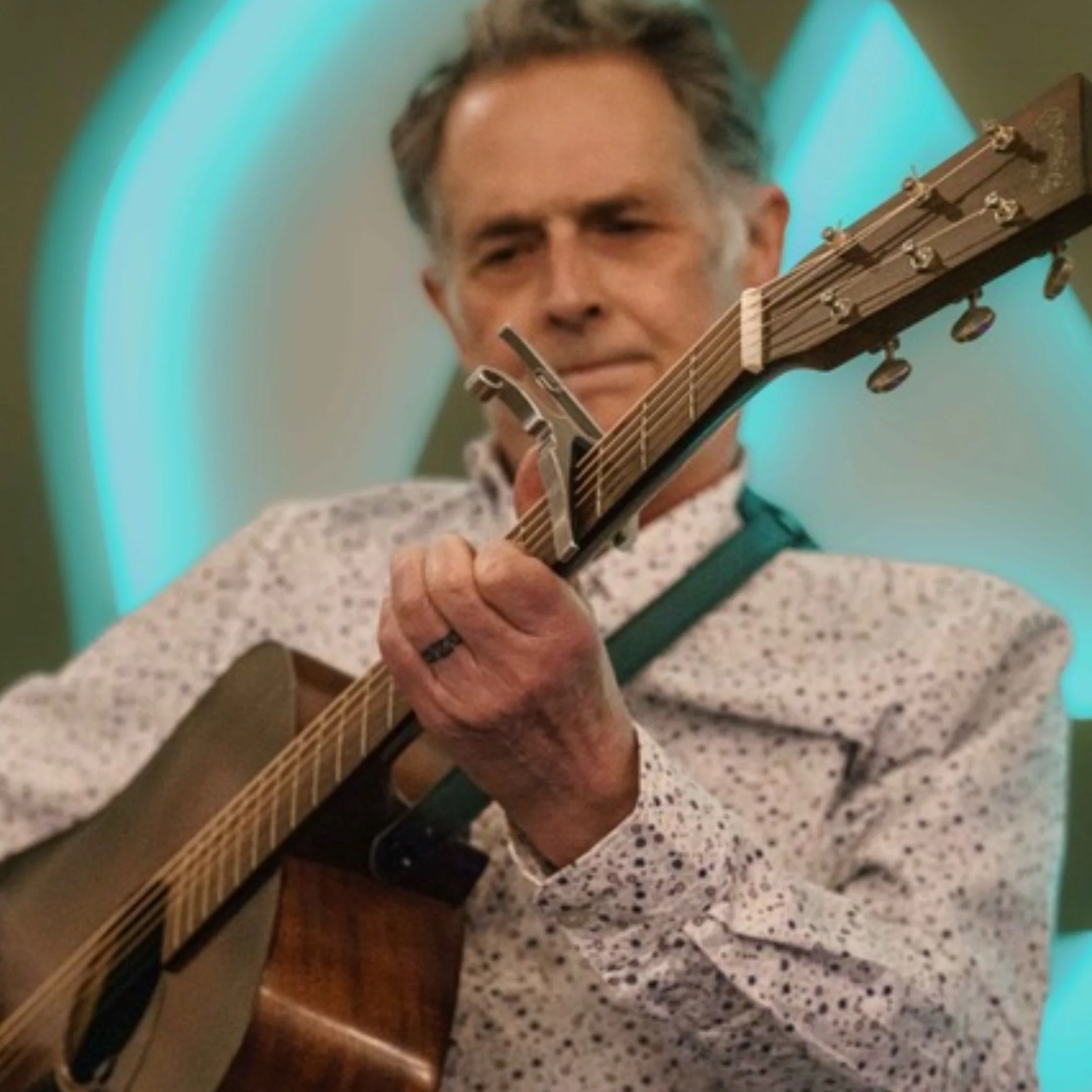By Katy Vernon
Earlier this year, back in February before the whole world changed, I said to a friend: “I feel confident that a bad day won’t derail my sobriety, but I still worry that a tragedy might.”
I am mindful of how fragile my sobriety is because the closest I have come to losing it are the times I have taken it for granted.
Alcohol whispers in my ear that it’s no big deal. It tries to convince me that I was weak then and I’m stronger now. It’s a charmer that reminds me of the fun we had together. The meals it enhanced, the relaxation it provided, the ease of mind it allowed, the pain it removed. It’s a sly fox trying to convince me that it no longer poses any threat to the chickens.
So when I feel panicky, scared, grief stricken or lonely, I have to remind myself that I could so easily slip and let alcohol back into my life to take my sobriety away.
The first few weeks of the pandemic hit slow, then hard. While the Midwest was hearing about the tragedy of New York’s mounting deaths and the looming threat of community spread everywhere, COVID-19 still felt distant and surreal. Then the virus started to creep into my life.
Friends on Twitter started to post more cat pictures and ‘work-from-home’ hashtags, venues started to reach out to tell me they were on the fence about live shows, and each day started to shift into a weird, watch-and-wait standoff. No one wanted to overreact but at the same time, there was a growing realization that decisions needed to be made.
Then, one by one, events dropped off my calendar. For the past four years, playing music has been my main source of income. Every other job has been a flexible part-time gig designed to fit around that. It’s a privileged but perilous juggle. As performances started to get cancelled, I leaned into my part-time jobs -- until they started to crumble, too. In two weeks, everything I did to earn money ground to an indefinite halt.
Next, the emails came. My brother was in the hospital. My uncle was in the hospital. Both had COVID-19.
"Life is what happens to you while you're busy making other plans." I knew this. I even wrote a song about it. I had the tools for this.
The day I heard about my loved ones being sick and also so far way (in London), I realized more than ever what the word “triggered” meant. It gets thrown around a lot these days, but I had a very real and powerful experience that something pulled the trigger on my addiction. It felt like a shot from my heart to my head telling me to drink and take the pain away.
I moved slowly through one of my last work days in a sorrowful and worried haze, and on the drive home seriously thought about stopping at the liquor store. I even rehearsed in my mind the excuses I’d make to rationalize my choice. After all, I’d had a bad day. I was a grown-up. I could handle it just this once to get through the day. I wanted to numb myself. I didn’t want to feel the lump in my throat that was welling up and choking me. I wanted to wash that down with a glass of wine. Four years ago, I stopped drinking because even two glasses of wine would make me “brown-out” -- an experience marked by scary memory gaps, like a semi-blackout. Still, the sly fox of alcohol snuck back in to tell me it was just what I needed to change how I was feeling.
But I had to play the scene out to the end. Deep down, I know it never helps when I drink. I don’t judge others who are able to do so, but for me, the evidence is clear: alcohol is a depressing poison that destroys me.
I didn’t stop at the store. I didn’t drink. I paused long enough to remember how much my sobriety means to me. I also told my husband how close I’d come and why I didn’t follow through with it. Addiction wants to be your dirty little secret, and sharing about it takes away its power.
In four years of sober living, I have learned many things, and the timeless wisdom of the Serenity Prayer sums it all up as well as anything:
“God, grant me the serenity to accept the things I cannot change, courage to change the things I can, and wisdom to know the difference.”
I couldn’t change the reality that my loved ones were sick. I couldn’t, and didn’t want to, persuade my band to play shows. I couldn’t show up to work if the venues and stores were closed. I couldn’t change the uncertainty that made it impossible to answer my children’s questions about whether they would be going back to school after spring break. The list of things I couldn’t control was endless …
But I could control my commitment to sobriety.
I noticed something interesting in those first few precarious days. I felt scared, panicked and uncertain, but it also dawned on me that I always felt that way. The intensity was greater, but those feelings were still strangely familiar.
I live with anxiety and depression, and it’s not easy. Both mental health concerns are part of the same composite me that struggled with alcohol. But, over time, they have also led me to develop coping skills, resilience and strength. As I saw relatively “stable” people in my social circles and in the media express their feelings of panic and dread, I began to realize I might be uniquely prepared for this difficult time. I could tap into my resources of sobriety and wellness. I prefer avoiding the term “silver lining” as it often minimizes difficulties and tragedies, but I’m grateful I’ve done a lot of work to learn how to get through challenges and live reasonably well. I’m grateful I don’t have to invent the tools that work. They are out there. Millions of people have survived and triumphed over addiction and mental health conditions.
Right now is a time to recognize that mental health is more important than ever. The stress, uncertainty and isolation of the pandemic are straining everyone. For those of us in recovery, it’s a particularly perfect storm of reasons to drink again. I thought I might not weather this, but I’m working hard to make sure I can, leaning into all I have learned along the way. Every time I make it past a trigger, I am beating back the sly fox and giving myself the gift of sobriety.
March seemed so long. My brother survived COVID-19, but I lost my uncle. Each day -- sometimes each moment -- was a challenge. I didn’t want to wish away time, but I needed to pace myself and learn how to navigate my moods. I also needed to ignore the constant social media mentions of day-drinking and virtual happy hours. Just when I was trying to hold onto sobriety, it felt like the whole world was leaning into drinking as therapy.
Now that we are two months into this, and the initial shock and disbelief has morphed into a new reality, I try to make a plan for each day. I pick a task I can focus on, and that helps to keep the depression and anxiety at bay.
I started by doing some gardening, and now I’m painting my house. It forces me to clear and declutter the rooms as I go through them. It’s been fun to look through old photos, childhood books, and my kids’ school art projects. Involving my children in the process has helped us all have some laughs and reminisce.
A coping mechanism I often turn to is simply to concentrate on the moment. ‘One day at a time’ is a well known maxim of recovery, and early on, it’s more like one moment at a time. Can I make it through this moment? How can I breathe and keep myself safe right now? What do I need to do to not hurt myself? What self-talk can I change to be kinder to myself? Do I need to eat, rest, walk, talk?
I’m controlling what I can and trying to keep the worry of what I can’t control at bay. I work hard to distract myself when needed, and also give myself permission to take days off. I try to ride waves of positive energy and mood, and when I’m not feeling up to something, I know it’s ok to take a break.
Perhaps the hardest part of this time is the uncertainty. As a musician, I am always planning two to 18 months ahead. Having to cancel so many performances, including my annual UK tour, is disheartening. But I’m getting by, focused on ways to stay healthy, calm and useful.
One day at a time.
Katy Vernon is a Dissonance board member.






